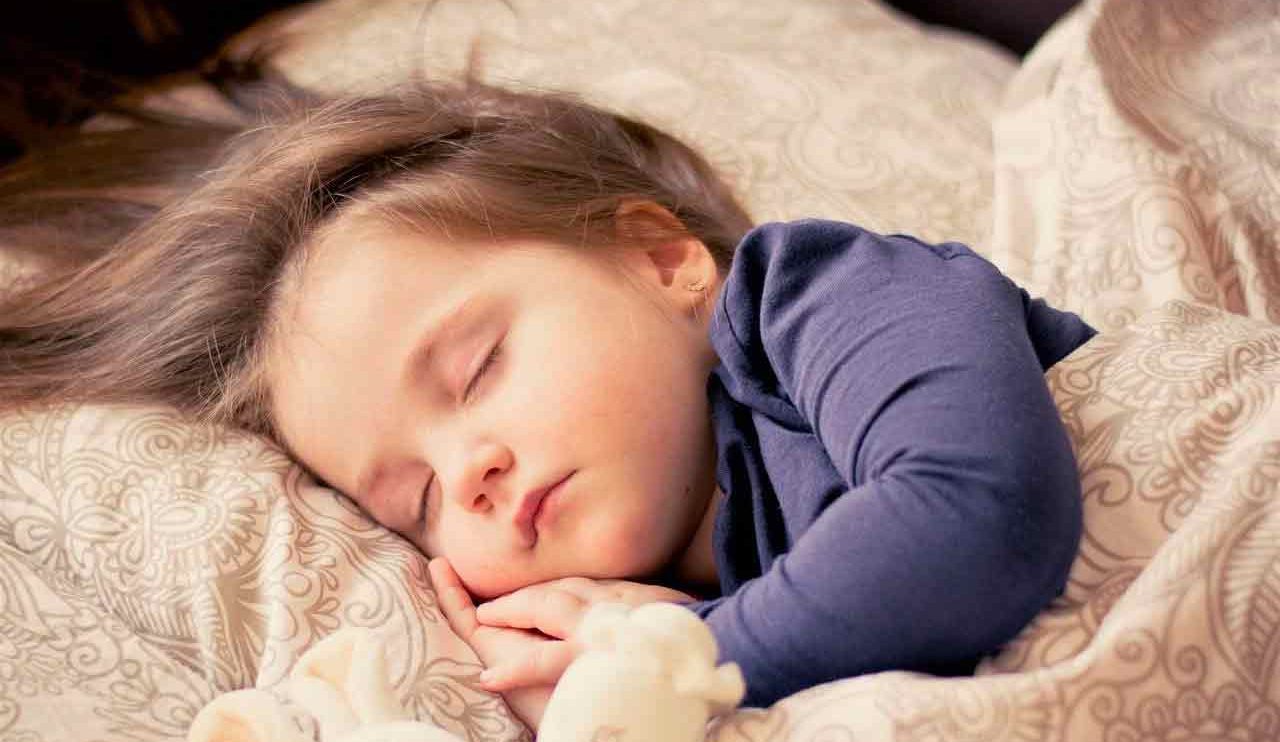The way that your baby sleep is primarily dependent on you. What is crucial to understand and do at any age, and equally crucial is what to avoid doing. The family handbook for sleeping babies.
in brief
- Go to bed when signs of fatigue appear: rubbing eyes, pulling ears, crying. A baby should sleep on a hard mattress – lying on his back.
- From the age of 6 months, you should avoid “helping” a toddler to fall asleep: no rocking or hands, and no staying in his room for a long time, so that he learns to fall asleep on his own.
- At the age of one to three years, the child should already know how to fall asleep on his own and sleep continuously most of the night. This is also the age to set clear boundaries.
Did the boy jump you again in the middle of the night? Did you come to work with red eyes again? Consider that you determine your baby’s sleeping habits, and you can also change them.
Every baby has patterns of sleep and wakefulness that are distributed naturally throughout the day. Every baby has short periods of wakefulness during the night.
Every baby is different from his friend, and your children’s sleeping habits may be different from the sleeping habits of your friends’ children or different from the sleeping habits of your adult children when they were the same age.
Once you have identified the baby’s sleep pattern, you can plan the daily routine to help the baby (and the rest of the family) get enough sleep and sleep well. The child’s sleep pattern affects his functioning and behaviour during the day, just as it affects his health and development.

From birth to two months old baby sleep
In the first weeks, the baby sleep may be fragmented throughout the day. Each sleep episode may last between half an hour and three hours, and the night’s sleep may be interrupted by periods of wakefulness.
Around the age of six weeks , the baby sleep pattern begins to organize in a more orderly way. During baby sleep, the baby moves a lot and seems active: sucking, making jerky movements with his hands, smiling, making movements with his mouth. All these express normal sleep for this age.
In the first four months, the separation between day and night is still immature, and it should not be expected that a baby at these ages will be more awake during the day and sleep continuously at night.
two months to a year baby sleep
The baby gradually acquires regular and predictable sleeping habits.
Between the age of two months and the age of four months , you will notice a fairly regular rhythm of sleep and wakefulness during the day.
From the age of three months to the age of six months , most babies begin to sleep for most of the night.
At the age of one year, babies need less sleep during the day: baby sleep episodes per day decrease from three to four times a day to only twice a day.
one to three years baby sleep
Toddlers give up morning sleep from the age of 18 months or so. The need for an afternoon nap will usually disappear between the ages of three and five.
At this stage, most toddlers sleep a whole night in a row, but various events (such as illness , travel or moving house) may temporarily disturb the pattern of normal sleep.
The transition to a youth bed may be characterized by adjustment difficulties, especially if done too soon. Most toddlers move to a youth bed between the ages of two and four years.
If it is difficult to wake the child in the morning, he may not sleep well at night. The duration of sleep varies from child to child, but in most cases the hours of sleep needed by a child are quite constant.
How long should your baby sleep?
From birth to the age of two months , baby sleep is irregular, but in total, the expected duration of sleep for a baby ranges from 10 to 18 hours and on average: 14 and a half hours.
Between two months and two years of age, night sleep is more continuous and includes fewer sleep episodes during the day. The average expected sleep duration for a baby or toddler is about 14 and a half hours: 10-11 hours at night and another 3-5 hours during the day.
Between the ages of one and three years , the toddler becomes much more active during the day and sleeps continuously at night. The expected duration of sleep is 13-14 hours on average: about 11 and a half hours at night and another two hours a day.
How to help the baby sleep better?
Put him to sleep immediately when the signs of fatigue appear: rubbing eyes, pulling ears, crying .
In the first two months it is important to maintain a regular schedule. You can help the baby fall asleep by rocking the crib or feeding until he falls asleep. A baby should sleep on a hard mattress lying on his back. You should start taking care of a dark room at night and reducing social activity.
If you are tired, ask your partner or friend to allow you a break in watching the baby and make sure to baby sleep and fill in the gaps in the sleeping hours. Tired and irritable parents do not fulfil their role properly. When you complete the sleeping hours , you will return to taking care of the baby much calmer and relaxed.
When building sleep habits for babies aged two to three months , you should take into account things that both you and the baby will enjoy: a bath , massaging the baby , changing clothes into sleepwear, hugging and rocking, a quiet and pleasant song or anything that pleases you and the baby.
It is advisable to repeat the activity you have chosen every evening in a uniform order, even when someone else puts the baby to bed.
Starting at the age of six months , you should avoid “helping” the baby to fall asleep: no rocking or hands, not while sucking , and not staying in his room for a long time, so that he learns to fall asleep on his own.
Babies tend to wake up every hour and a half (sleep cycle), and if you train them to fall asleep with help, they will need it even at night when they wake up. Therefore, it is important to wean the baby around the age of six months from help in the process of falling asleep.
The bedtime routine should not be long, and the last step should already be in the baby’s room. You should take care of a pleasant and relaxing environment for baby sleeping: a dark, ventilated and quiet room. The amount of lighting at bedtime should be similar to the one that will be in the room during all hours of the night (and without TV ).
Put the baby to bed when he is tired but still awake. This way the baby will get used to falling asleep on his own even when he wakes up at night. At the end of the elaborate bedtime routine, say good night to him in the melody of your choice, leave him in his bed with a “friend” (a rag, a cute little teddy bear), and leave the room.
Toddlers between the ages of one and three years should already know how to fall asleep alone and sleep continuously most of the night.
It is important to continue to keep regular bedtimes and waking hours both day and night. This is also the age to set clear boundaries. For example, how many stories are read before going to bed, how many times the child will repeatedly ask for a drink or to give a kiss to father or mother.












Add Comment